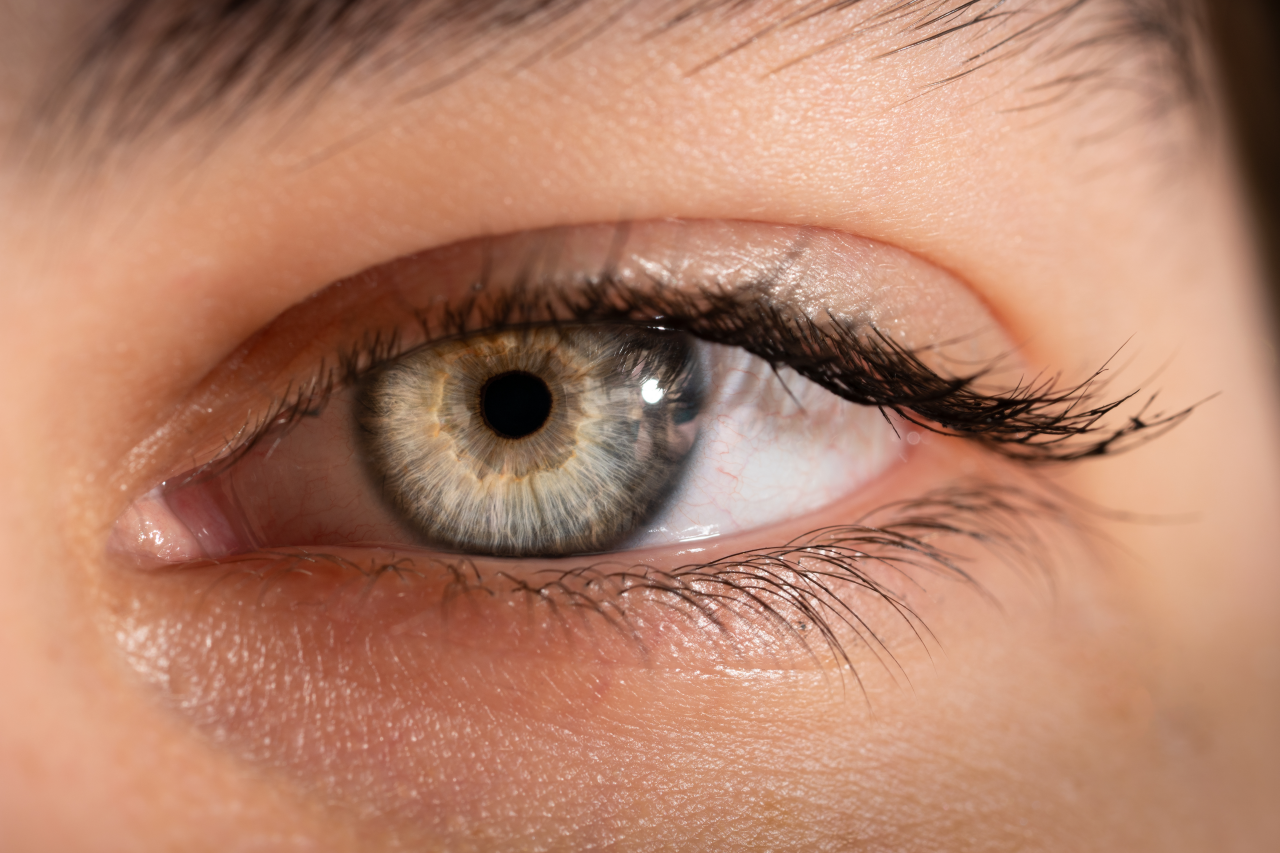Eye Lid Surgery in Turkey - Blepharoplasty Eyelid Bags, Eye Lid Drooping (Ptosis) and Blepharoplasty Cost
What is eyelid surgery (Blepharoplasty) in Turkey
Eyelid surgery (Blepharoplasty) is a plastic surgery done by a plastic surgeon. Blepharoplasty is performed for especially drooping eyelids, puffy eyes, and under-eye bags. Many patients choose this surgery for both aesthetic and medical purposes. It normally entails the creation of the eyelid crease, excision of the skin and/or muscle, or repositioning of the tissue, and then the skin suture, which may take one to two hours.

Who are good candidates for eyelid surgery?
| Condition | Description |
|---|---|
| Drooping Eyelids | Excess skin sagging over the eyelids |
| Puffy Eyes | Swelling or fat deposits around the eyes |
| Impaired Vision | Sagging skin affects the field of vision |
| Tired Appearance | Eyes that look constantly tired or aged |
| General Good Health | Candidates should be in overall good health |
The candidates for eyelid surgery have features such as baggy skin or fatty deposits either at the upper or lower eyelid. They usually have poor vision or the inability to wear glasses, which are serious functional disorders. On occasions, some patients appear in the clinic with subcutaneous bags or excess skin and tissue below the eyes, and this makes the patient look sleepy or old. Another condition that qualifies a patient for the operation is muscle weakness that causes the eyelids to droop. Moreover, candidates are usually free from diseases of the face and neck, healthy facial skin, muscles, and connective tissue, and do not smoke, as well as they do not have serious eye diseases. The main causes that lead the patients to require this operation are aesthetic or corrective vision purposes. The procedure is most sought after among people above 35 years of age since aging has a certain impact on the skin.
What should I do before eyelid surgery in Turkey?
- Go for a comprehensive blood test to evaluate your general body status and rule out any undesired risks.
- Avoid the intake of anticoagulants, blood thinners, and supplements some days before the surgery to lower the chances of bleeding.
- Cease smoking at least several weeks before, as it may negatively affect blood circulation and the process of tissue healing.
- Fast for at least eight hours before the surgery to avoid potential eyelid surgery complications related to anesthesia.
- Maintain healthy eating and drinking habits to deliver necessary nourishment and water to the body for swift and healthy healing after blepharoplasty surgery.
How is done eyelid surgery?
- Consultation and planning: The method to be used is determined by consulting with the patient. The surgeon explains expectations, examines the eye area, and reviews the patient's medical history.
- Anesthesia: Anesthesia is administered to ensure the patient is comfortable. This may be local anesthesia with or without sedation or general anesthesia depending on the case.
- Incision Making: Incisions are performed on the eyelid margins, in the fold or just below the lash line, ensuring that any scarring is well-masked.
- Removal and repositioning of tissue: Any problematic skin, fat, and sometimes muscle are trimmed or relocated to attain a youthful look and enhance the skin's appearance.
- Closing of the Incisions: The eyelid surgery incisions are sewn with super thin threads to minimize scarring and ensure proper healing.
Is eyelid surgery painful in Turkey?
No, the surgery itself is not painful because anesthesia is used. However, patients may start to feel some discomfort during the eyelid surgery recovery period when the anesthesia wears off. Prescribed medications and cold compresses or ice packs can help manage pain and reduce inflammation. If pain increases, patients should inform their surgeon immediately as it may indicate a complication.
How much does blepharoplasty cost in Turkey?
| Location | Average Eyelid Surgery Price | Explanation |
|---|---|---|
| Eyelid surgery turkey price Turkey | $2,000 - $3,000 | Turkey is more affordable than EU countries |
| Eyelid surgery UK cost | $3,500 - $5,500 | The UK has higher eyelid surgery prices and also a long waiting list for the surgery. |
| Europe Blepharoplasty cost | $2,500 - $4,500 | In Europe, blepharoplasty cost varies widely. |
Please contact Assoc. Prof. Dr.. Seçkin Ayhan Savaş to learn our current eyelid surgery cost.
Frequently Asked Questions
- Swelling and bruising (typically fading after 1-2 weeks)
- Temporary dryness or excessive tearing of the eyes (treatable with eye drops)
- Temporary visual disturbances like blurred vision (usually resolving within a few days)
- Increased sensitivity to light
- Minor scarring (usually fading over time)
- Rare cases of infection or bleeding
- Use lukewarm water to avoid worsening swelling or causing irritation.
- Avoid letting soap or shampoo directly contact the eye area.
- If soap does get in the eyes, rinse gently with clean water and pat dry.
- Avoid hot water as it can increase swelling and potentially cause pain in the affected area.
Contact Us
Contact Assoc. Prof. Dr.. Seckin Aydin Savas for additional information or to book a consultation for blepharoplasty. You can also read about the facelift surgery.
This article is for informational and advisory purposes. The recommendations of your surgeon who will examine you and perform surgery should be a priority. We wish you healthy days.


